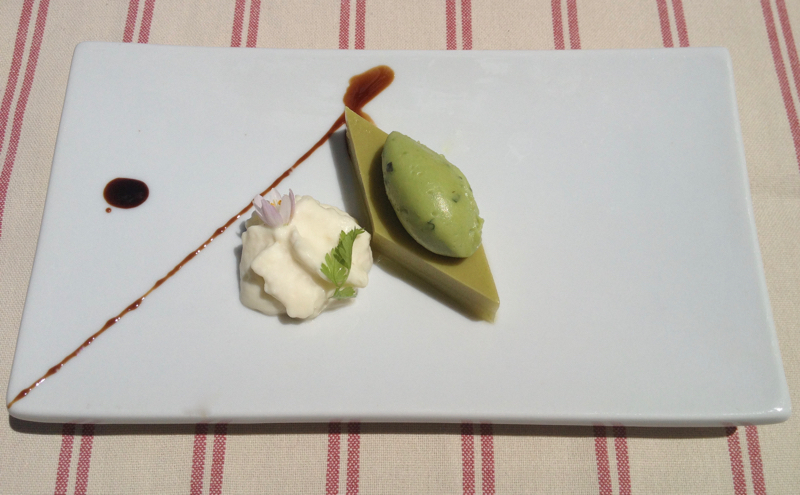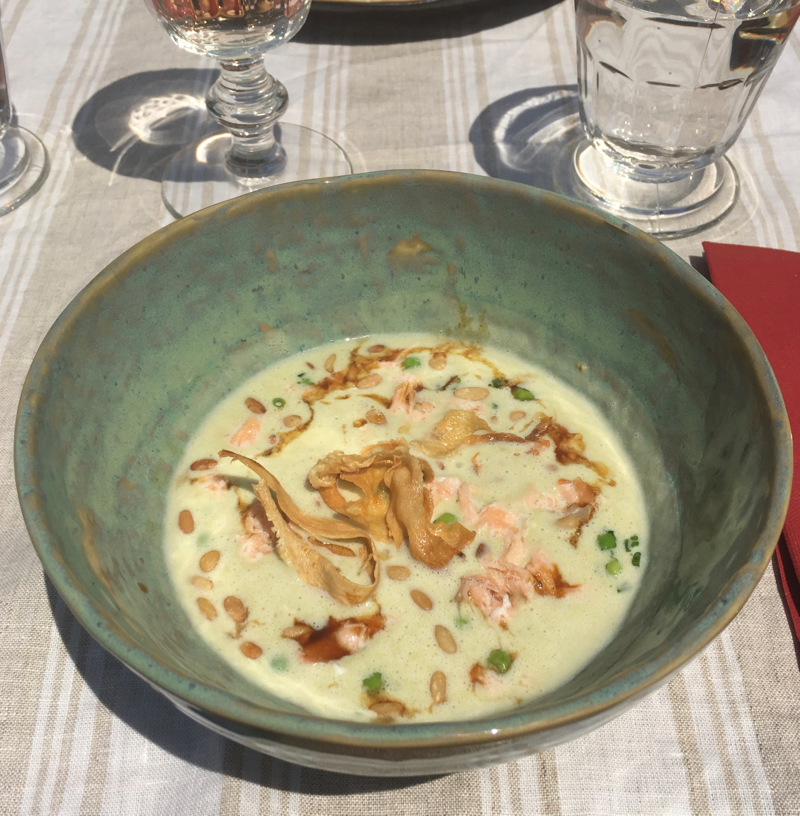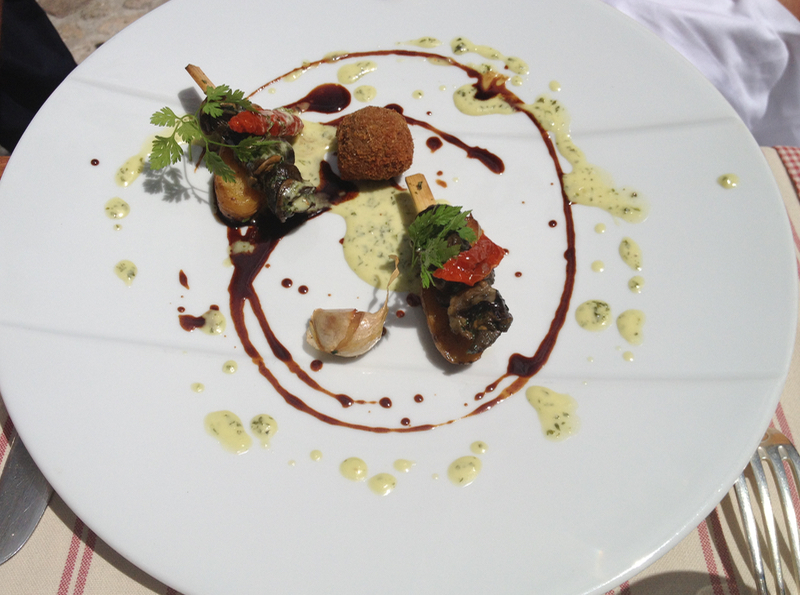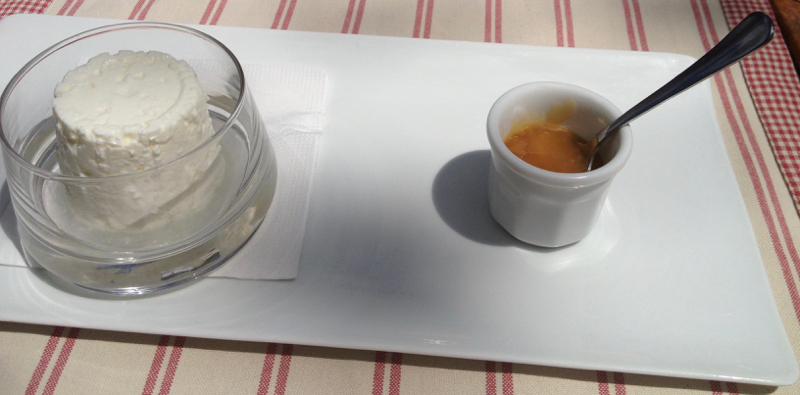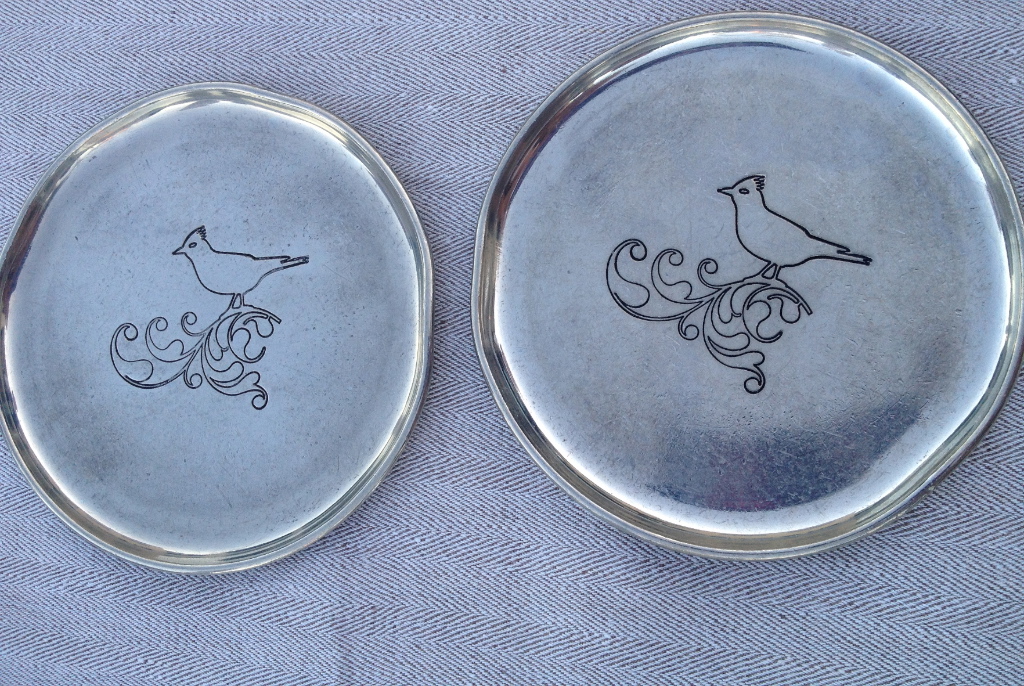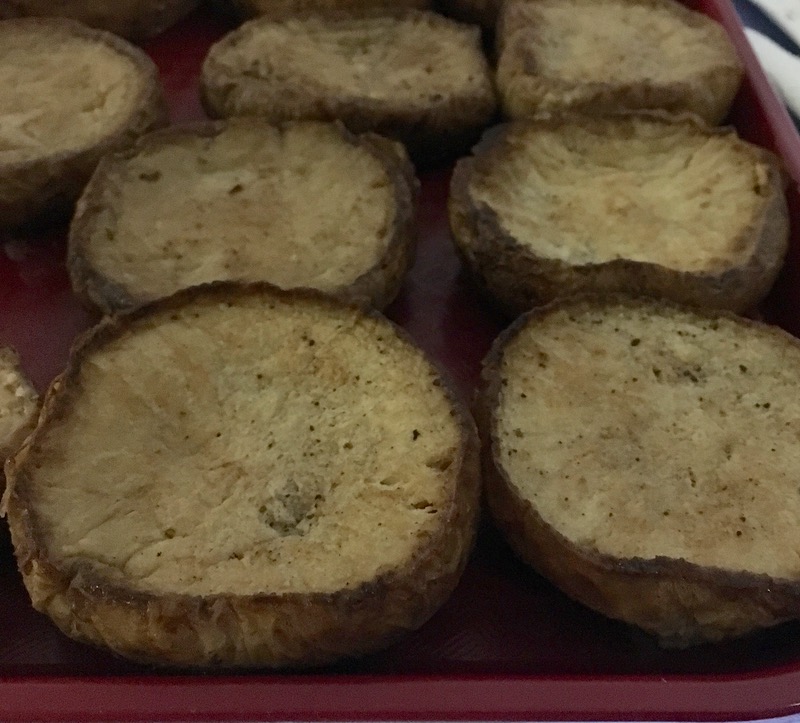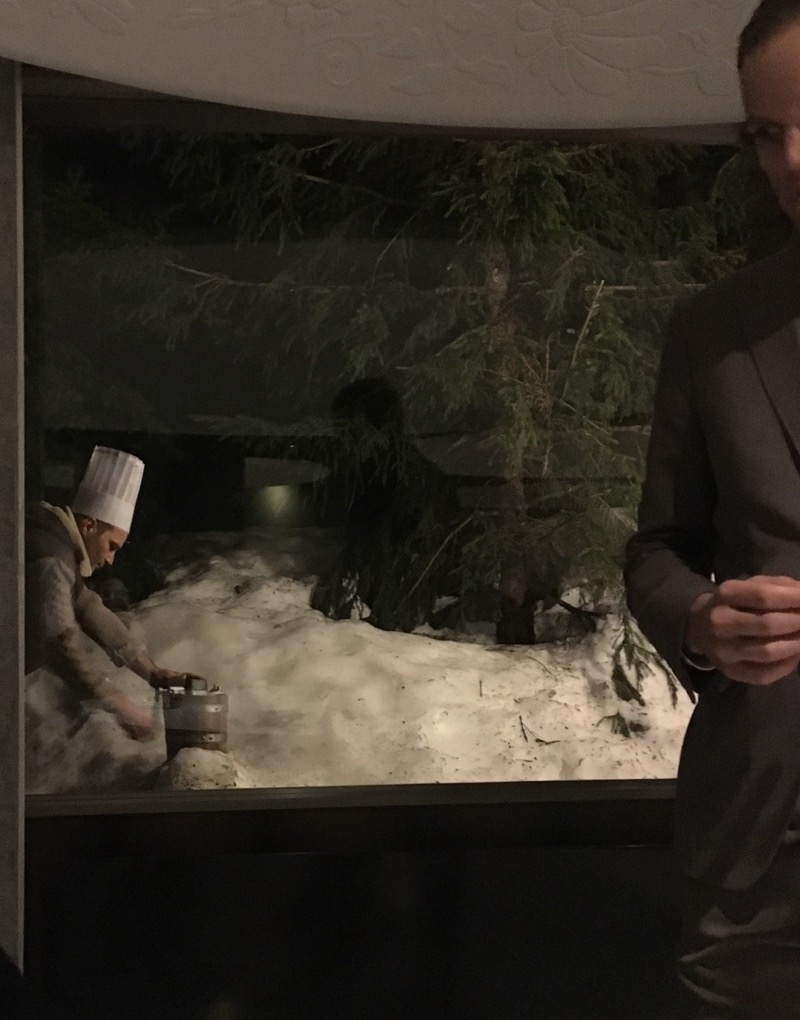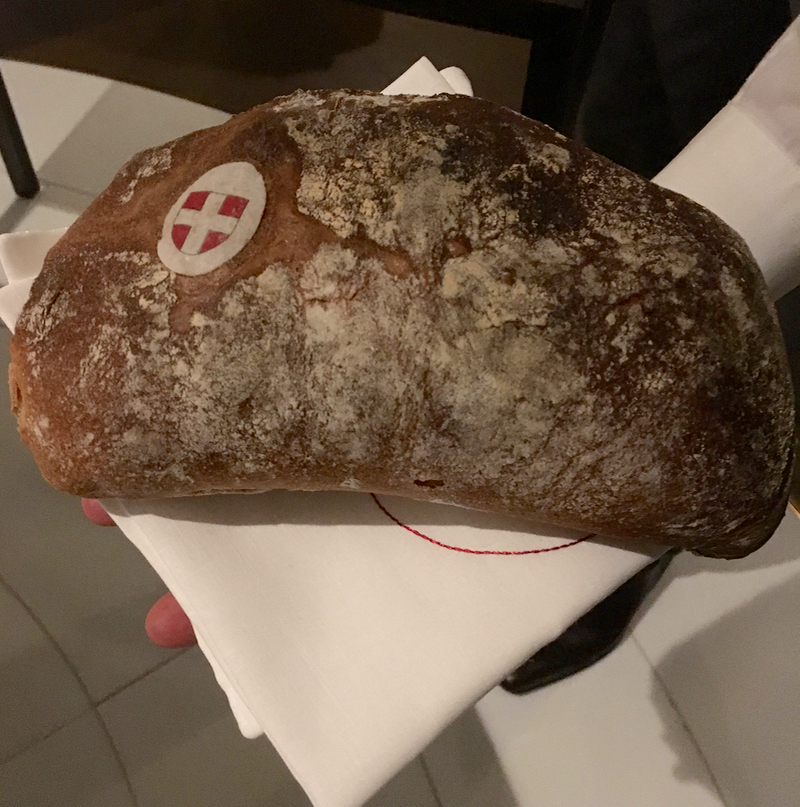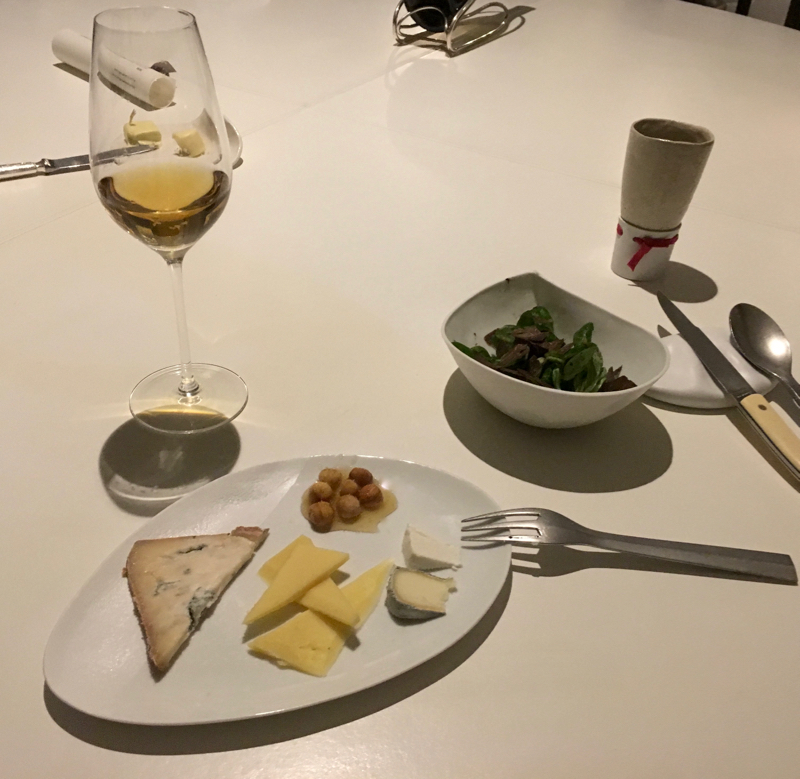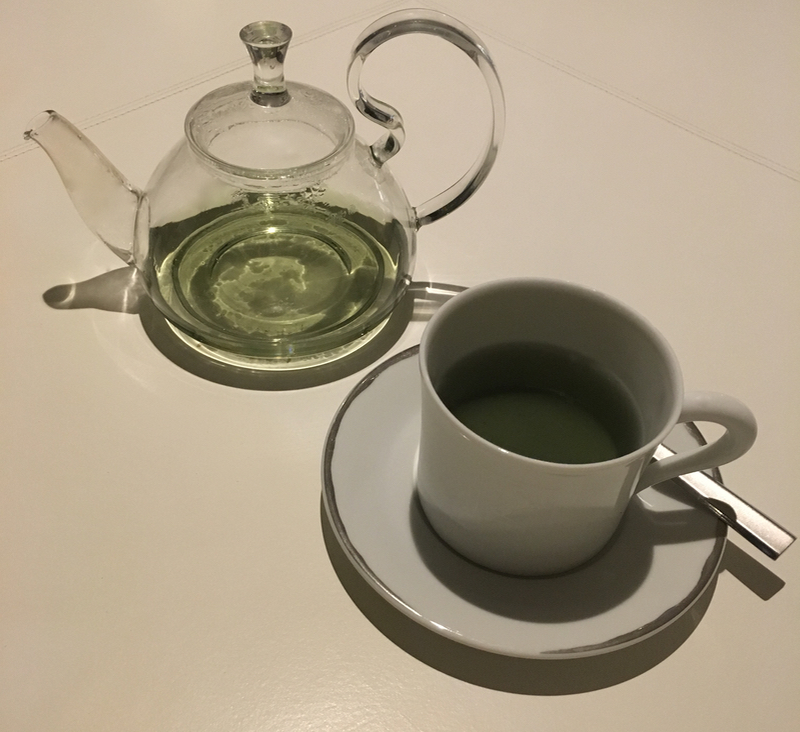Hiking Côte d'Azur: be drawn into the soul soothing Mediterranean on these coastal trails
Hiking Côte d’Azur is what the savvy locals do. Unlike by the gym consumed Americans, the French have more outdoor spirits. Enticed by the nature’s cajoling perfumes, its soothing sonatas and mind calming colours, hiking is accessible to any age group, it is cheap and healthy. Above all, thanks to the French Coastal Law these trails introduce you into the secret spots on the French Riviera that rest hidden to the lazy car fiddlers. INHALE fully that healing Mediterranean air swishing through your nostrils and rejuvenate your lungs tampered by city life. The dry, life-less air-conditioning of the indoors will be reprimanded by the unpolluted moist sea breeze. The great outdoors between Cannes and Menton on the Italian border (I hike beyond to Liguria, but I will post on this theme separately) are less crowded than the beaches, so you can free your soul from most distractions of humanity, the intrusive hat hawkers inclusive.

I live in the area and hiked, strolled or speed-walked most of the trails known locally. I challenged them in various seasons and I must warn you ahead – the weather conditions make the world’s difference when hiking Côte d’Azur. The scorching heat of summer on the exposed hikes drowns you in sweat and dizziness, while rain in November and April renders the rocky trails dangerous. For each recommended trail bellow I add my favourite months to venture out.
As with most good things in life, you have options when hiking Côte d’Azur.
- Going alone is safe on the frequented trails like the Cap Ferrat, Cap d’Antibes or Ile Sainte Marguerite circuits. The more lonesome, tricky, and to the roads exposed challenging hikes to Roquebrunne Village, Tête de Chien and Mont Alban, are better conquered with company.
- When low on energy, the easy coastal strolls jazz up your prana (life energy) and boost circulation, while trails scaling up to mountain climbing cultivate your fitness.
For all levels of explorers are the flat roundabouts of the islands and peninsulas thrust like fish nets into the Mediterranean sea. On the following trails you walk almost effortlessly. Their mildly inclining cemented or even ground paths are anytime pleasers.
Cap Ferrat
Coming on four wheels? Ideally park opposite the Casino in Beaulieu sur Mer or on the secure beach parking in Villefranche sur mer. If you arrive by train either to Villefranche or Beaulieu (closer towards Monaco), you can embark on a 13 km trip taking about three hours. Flipping the geographic shape of Cap Ferrat (map link above), you imagine a cabriolet opening its roof while whizzing into the blue sea. As you can see on the map, skipping the roof part of Pointe Saint Hospice, where the Paloma Beach and restaurant nests, will save you about 30 minutes or approximately three kilometres. As a bonus, you avoid the more narrow and rugged path battle with the many trippers, who for some reason favour this part.
Embarking from Beaulieu along its only public beach find the signed path and wander along the coast dotted with the majestic villas on La Promenade Maurice Rouvier all the way to the fishing village of St Jean. If you need to stock on some calories, get the pastry from BOULANGERIE DU PORT, 5 Avenue Jean Mermoz (their almond flaked petits fours are my personal weakness) or quiches and sandwiches at LES DELICES DE MARIUS in the village. Follow the road straight through the residential path and you will get to the coast. The cliffs should be on your right side and welcoming along is the colourful street art, unexpected on such a prime real estate. Follow the open sea and snake around the rocky cape, passing the pool area of the magnificent Grand Hotel, the lighthouse and then your gaze sets on the bay of Villefranche with its little boat world until reaching La Plage Passable. Here, make no mistake and walk up the stairs on the road winding up to the main road. Here you can turn right and visit Villa Santo Sospir (reservations essential) with stunning frescoes by Jean Cocteau. Or if turning left, once you pass the Police station wind left through the residential roads. With the rail tracks on your right you will descend to the beach and reach the Gare, train station of Villefranche soon.
BEST TIME: January, February, May, June, September, October
More info on the local tourism office website.
Île Sainte-Marguerite
The Île Sainte-Marguerite is the largest of the Lérins Islands, about half a mile off-shore from Cannes. Take a seasonal ferry from the glamorous French Riviera hotspot or from Juan Les Pins next to the Cap d’Antibes and within minutes disembark on the three kilometres stretching island. From the port wind right for an easy walk. The wide, anything with motor-free ground road is shaded by the gargantuan umbrellas of the Mediterranean pines so even mid August it is pleasant. Foraging for some blackberries and raspberries that ripen during the summer season adds even more joy to the walk. For the best sea views of the ochre-hued Esterel ridge to the West, on the South the tiny Île St Honorat, its vineyards and the monastery, take the coastal route, not cutting through the island. During the peaking summer holidays about a hundred of small boats linger in the shallow waters between the two islands. A solar powered pizza boat delivers around, so forgetting your picnic fuel gets solved after one simple call.
If your budget allows though, have a late lunch at La Guérite, about five minute stroll from the port. The trendy (also in St Barths), yet casual beach restaurant serves small portions of superb quality food for eye-rolling prices (the rare treat of spiny lobster and in salt-crusted bass are superb after some simple vegetarian starters). The yachts moor nearby and the Guérite charters give the lift to the well-off diners for the gourmet splurge and fun. During summer, life band stirs the mood and the party heats up with a DJ spun entertainer hopping on and off the tables. The whole place often dancing in the waves of musical and vinous ecstasy. Birthdays, families, party-loving groups, they all enjoy the vibe. What a festive apogee of the day.
BEST TIME: May, June, June-July only if you do not mind hundreds of picnic goers, September, October. The ferry is less frequent off-season, so check the schedule.
Cap d’Antibes
The eastern views of the Maritime Alps, in spring still covered with the snow hats, are most arresting for natural beauty lovers on this walk, while the rest may be tempted to sneak peak through the pines and maquis trees into the stately mansions that hiking Côte d’Azur reveals from the closest possible angle.
From a boat you realise just how wild and partially inaccessible the cape is. The ostentatious châteaux and sprawling villas of some of the richest people in the world guard their own bite of the peninsula, hence the name Baie des Milliardaires d’Antibes of the southwestern part of the cape, but there is still enough for you to explore on foot. Start at the Garoupe beach, where you can park, and head south away from Antibes on a wide paved road towards Cap Gros. Later, you will have to snake along the narrow, rugged route of Tire-Poil edged by quite daring cliffs, passing the Faux Argent Cove and until you reach the gardens of the Villa Eilen Roc, your turning point. If you do not mind walking inland through the residential area, Active Azur suggest looping back through the Chemin des Douaniers back inland and then follow Avenue Beaumont until you reach the main road RD 2559. This 4.8km trail takes in total about two hours.
Here is the map of their suggested trail around Cap d’Antibes.
BEST TIME: January, February, May, June, September, October.
Cap d’Ail to Mala Beach
I run along this at times sea kissing Sentier du Littoral since this public coastal path brings me in a direct face to face encounter with the sea breeze, and there are not too many steps to climb and descend that my back has to buffer. Particularly when an austere weather splashes in the gusts of rough waters, the run feels so invigorating. You will pass many casual strollers of all ages and nationalities, hinting at Monaco’s current multicultural make-up, so you rarely feel lonely on this popular coastal path. The local municipality closes the route when it gets dangerous since cases of drowning were reported over the years. As anywhere, hiking Côte d’Azur requires vigilance.
You can conveniently park in seaside of Cap d’Ail (free on Sundays and holidays) either behind the beaches bordering Monaco’s Fontvielle or right after them at the feet of the sturdily cemented coastal path. Unlike with most walks, easily trace the start at the end of the car park and than just weave along until you reach the private Mala Beach, about 40 minutes of a leisurely stroll tucked behind the Cape Mala. The majestic Mediterranean villas entertain the glamour spotters, since kings, important politicians (Churchill) and Italian movie stars once resided either in the Belle Epoque Villa Les Camélias, now a museum, Villa Le Roc Fleury, and the only directly sea facing Villa The Rock on Cap Rognoso. Yogis roll out their mats on the bridged islet, and the picnic lovers setup their meals on the stone tables dotted along. You can dine dressed in your sports gear at one of the four restaurants along the route. Our favourite for an authentic, boho, romantic feel and great local seafood is Le Cabanon, a shack directly on Cap d’Ail after which the town is named, once built by Le Corbusier himself. There is a sandy petanque court (known as a boulodrome) under the mulberry trees in front, that gets the French party going on the cooling late afternoons. Hiking Côte d’Azur can turn into a gourmet and competitive walk here!
BEST TIME: All year round except for when a windy weather, rough seas or midday summer heat either bar you from entering or suck out your zeal to deal with the ups and lows of the coastal path.
Monaco through Cap Martin to Menton
There are more options for this trail – each with its own perils, except for one.
First is to park by the Monte-Carlo Country Club (around the annual MC Rolex-Masters tennis tournament April-May the parking is not available). From here you embark on Sentier du Littoral lining the rail tracks above, which is not the nicest experience, plus a partial diversion through an uneven rocky beach introduces plenty of the climbing and descending robbing you of the vistas ahead. So, better park by the Roquebrunne train station.
From the train station to Cap Martin the path is called Promenade Le Corbusier, after this famous French artist who lived here. This second starter should be avoided by anyone with a vertigo since venturing between the two hanging bridges along the steep rocks that will pepper your journey might send your head into a fast spinning mode. Still, there is something to see – the Villa E -1027, also known as Cap Moderne. The legendary British interior designer and architect Eileen Gray owned and designed this modern hillside residence, where she lived with Jean Badovici for a couple of years. Buy tickets well-ahead since they sell out fast.
Now back to hiking Côte d’Azur. The third option avoids the vertigo parts and the train, and it is also the most naturally beautiful part. Park in the centre of Cap Martin and walk on the right side around the gated apartments. It is a bit tricky so ask anyone: Ou est Sentier du Littoral, s’il vous plait?, and if they are local they will point you there. One you notice a bench under the pines overlooking the sea, turn left. The stunning villas are hidden, but the refreshing bark and sap fragrances of the Mediterranean flora, the wind-chasing sailboats, hard to reach beaches on hanging cliffs and the panoramic views of Monaco behind your back make up for the architectural deprivation when hiking Côte d’Azur. The sunsets are mesmerising! If you feel a zeal of energy, walk all the way along the coast to the old part of Menton, where you can reward yourself by some delicacies from the covered farmers market. Not far from there is the Italian border and Ventimiglia. You can always take a bus or train back to Roquebrune or Monaco as we did once after a shopping splurge on the market (cheese does not love heat).
BEST TIME: All year round except for when windy weather, rough seas or the midday summer heat .
You are set to explore the glamour of Côte d’Azur on foot. Now in September I am venturing on the more challenging coastal trails Beyond Saint-Tropez, do not miss them out when holidaying in the Var Department. You will pass the unsophisticated glitz of the Pampelone beach rewarded by much more lasting memories of more direct, wild adventure.






































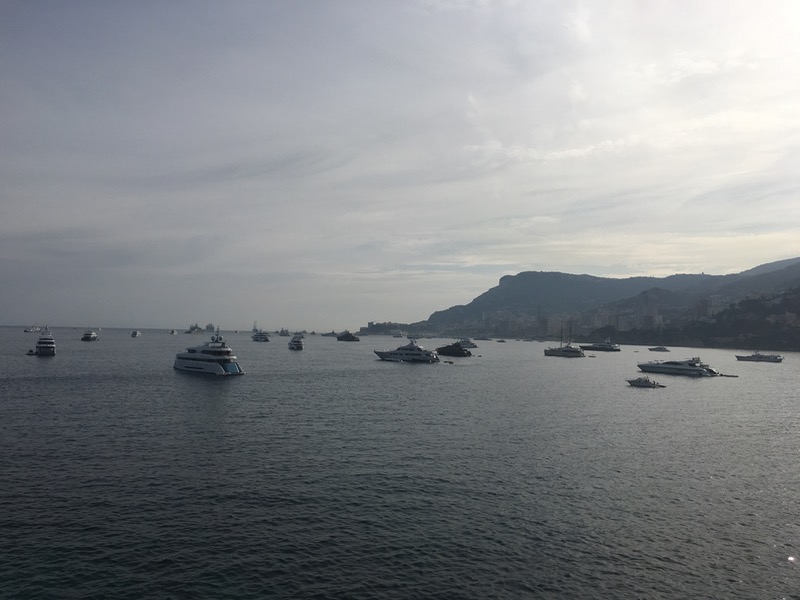










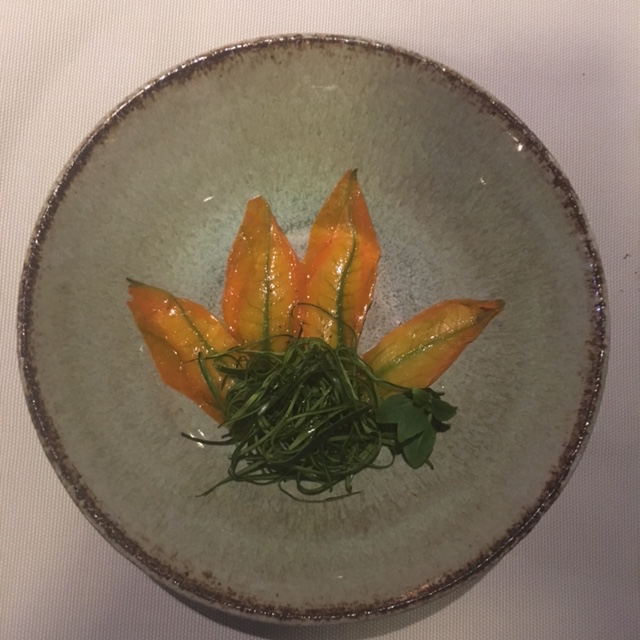

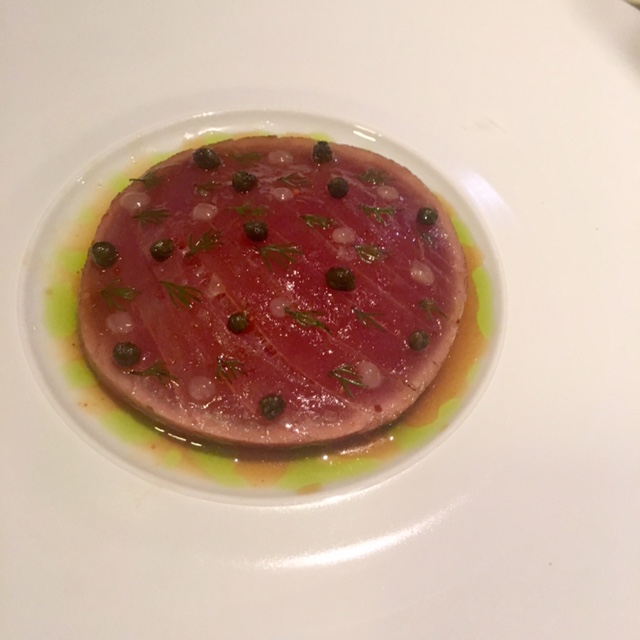





















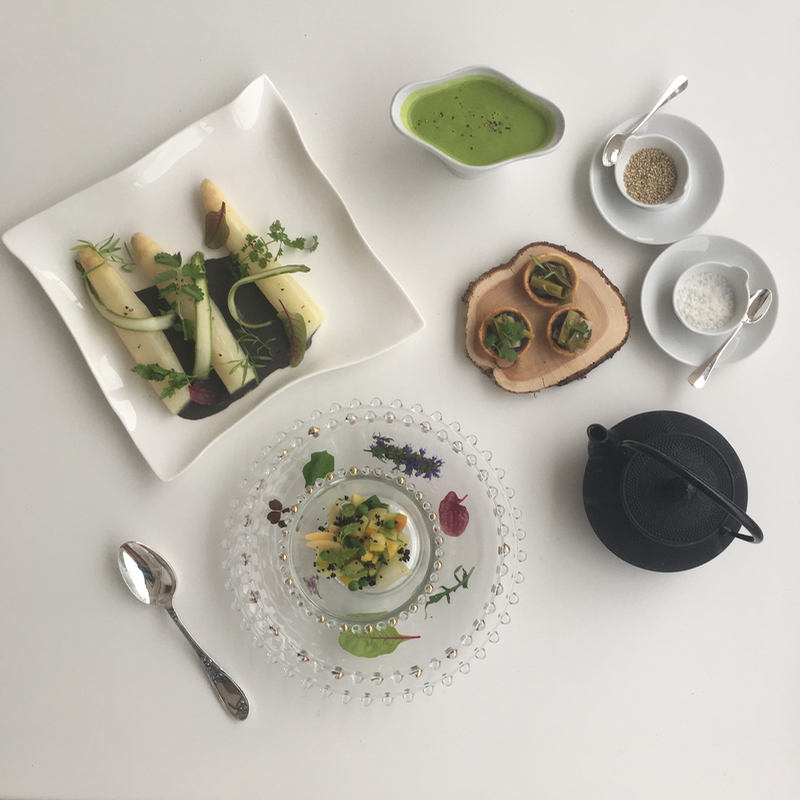



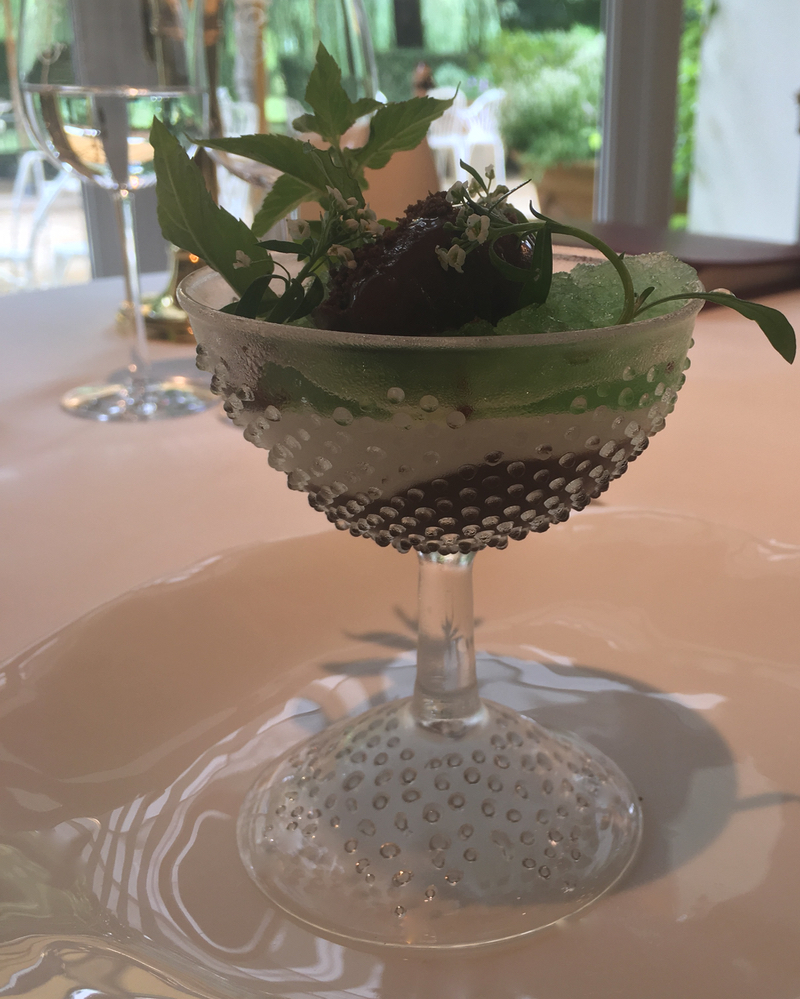
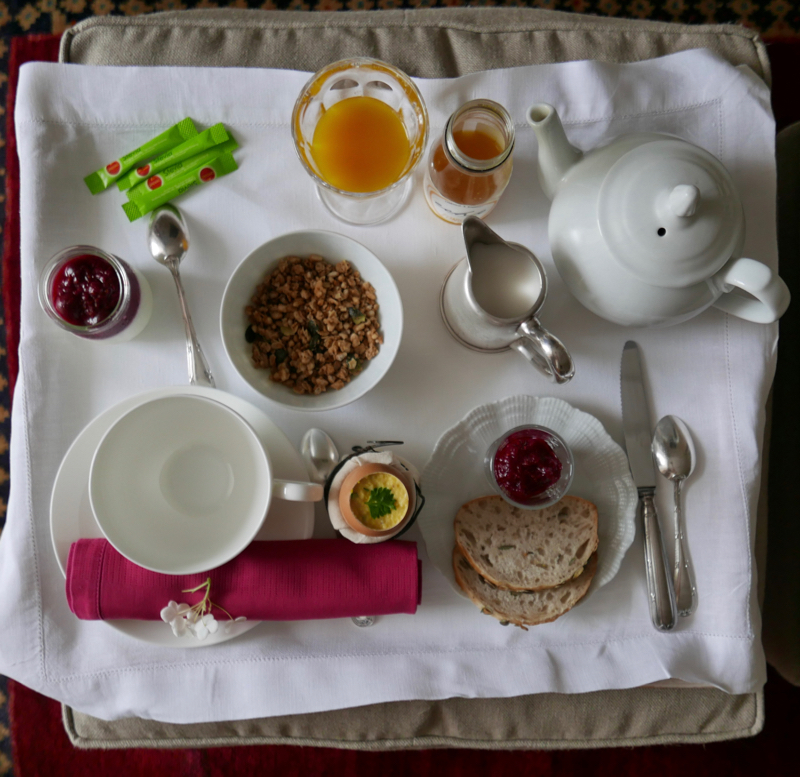








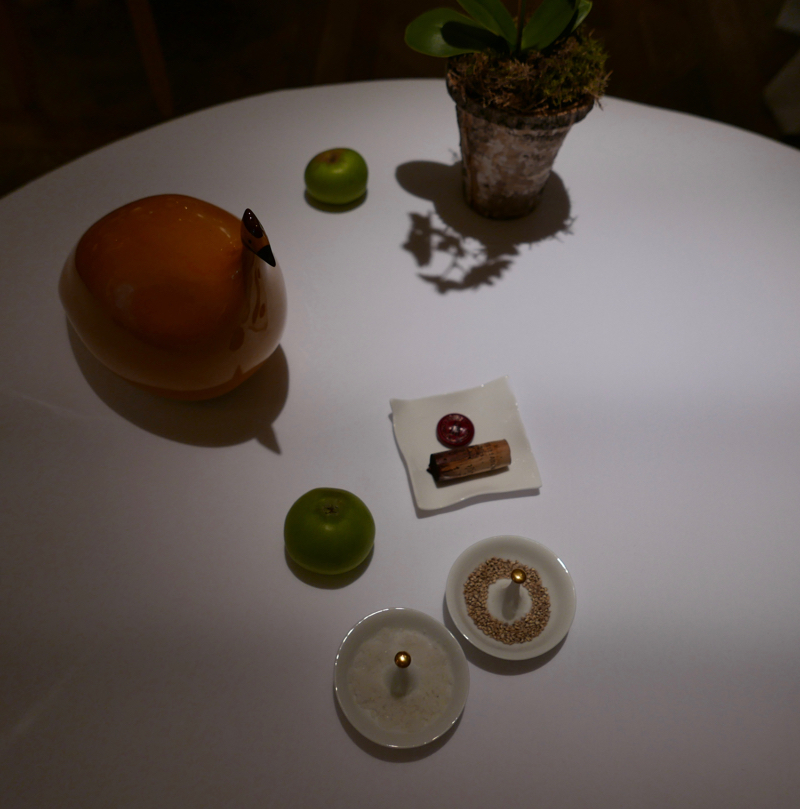


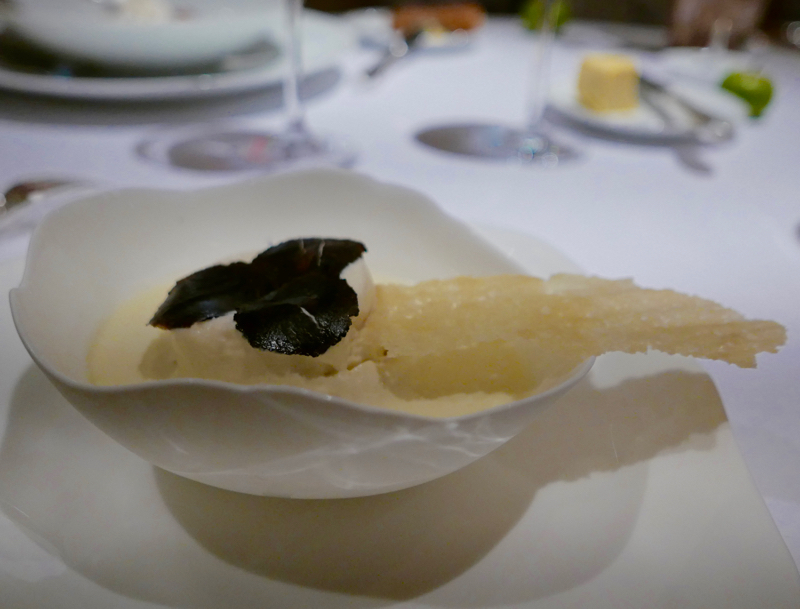
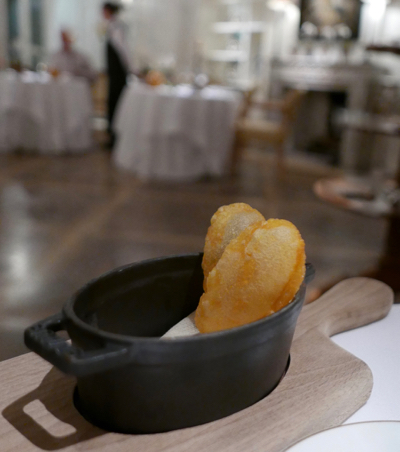











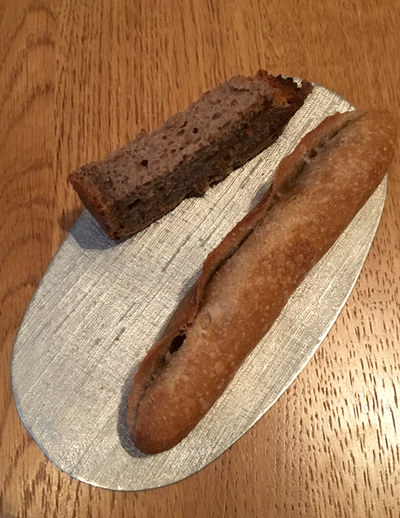


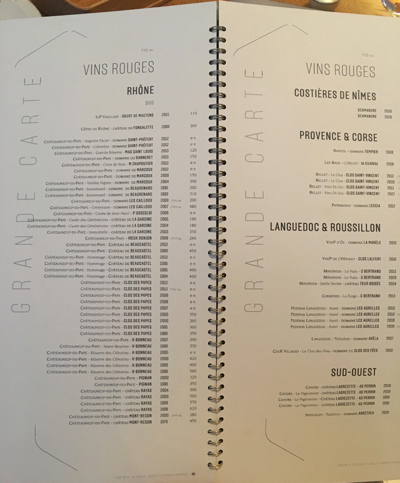










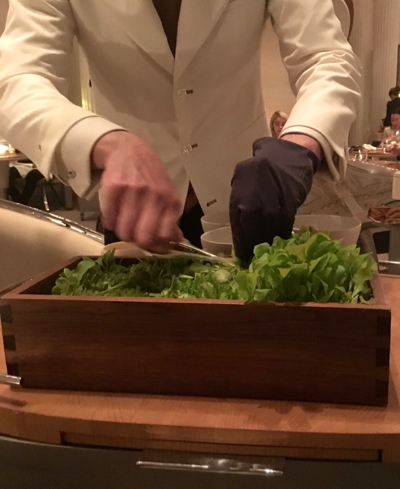























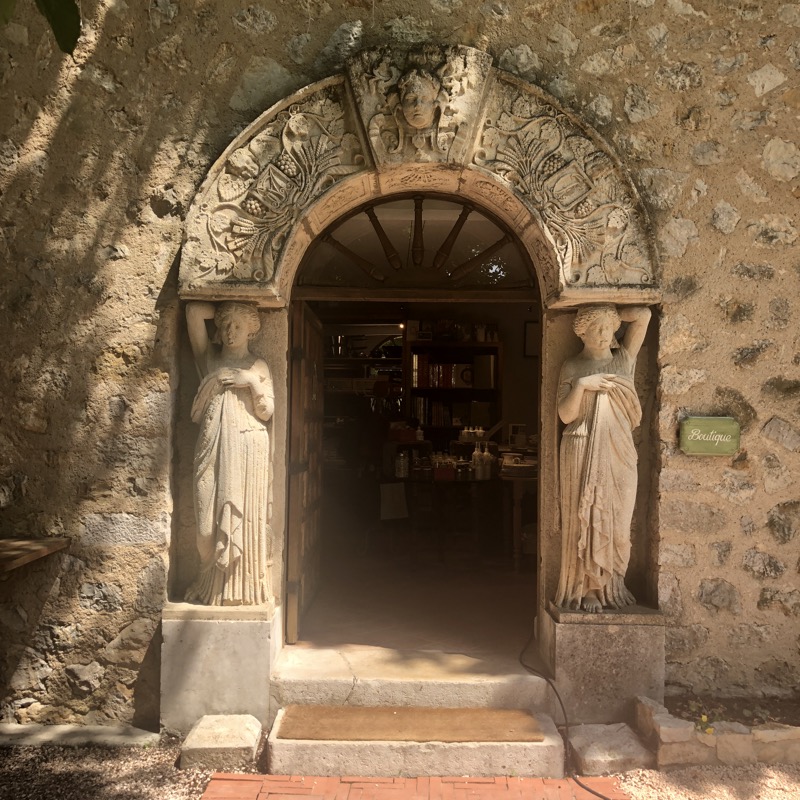
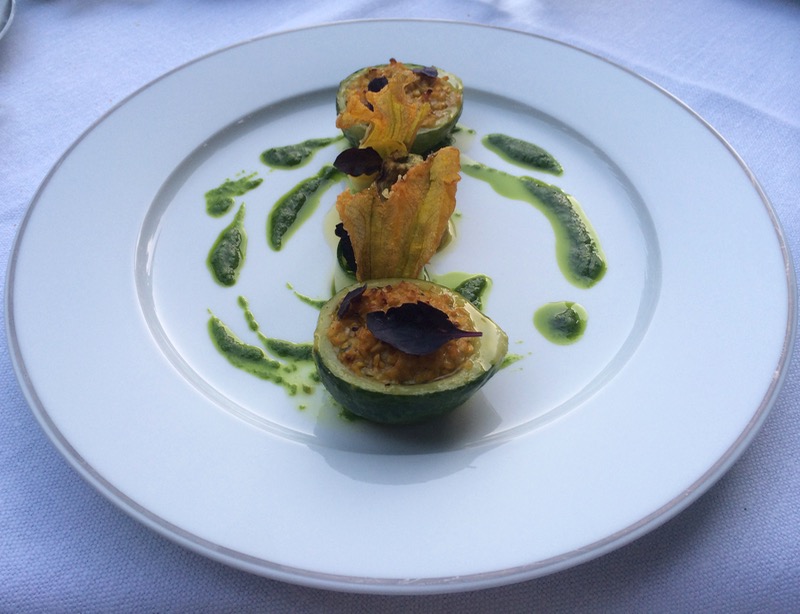





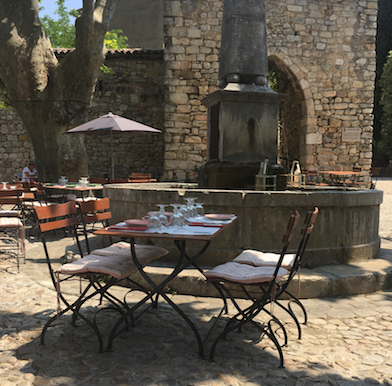 Hotel des Deux Rocs nests on the crest of the old village, where you can drive through a narrow road or push your bicycle hard uphill and park right next to the restaurant cum sleepover. There, the beats of the Fontaine d’Amont, the violins of cicadas and chiming church bells conduct a live orchestra helped by the hands of nature. Under shade-casting plane trees spiking around the burbling fountain you will eat seasonally and well during the warm months. Cooler weather lures inside the Deux Rocs cosy dining rooms appropriate for the seasonal experience.
Hotel des Deux Rocs nests on the crest of the old village, where you can drive through a narrow road or push your bicycle hard uphill and park right next to the restaurant cum sleepover. There, the beats of the Fontaine d’Amont, the violins of cicadas and chiming church bells conduct a live orchestra helped by the hands of nature. Under shade-casting plane trees spiking around the burbling fountain you will eat seasonally and well during the warm months. Cooler weather lures inside the Deux Rocs cosy dining rooms appropriate for the seasonal experience.